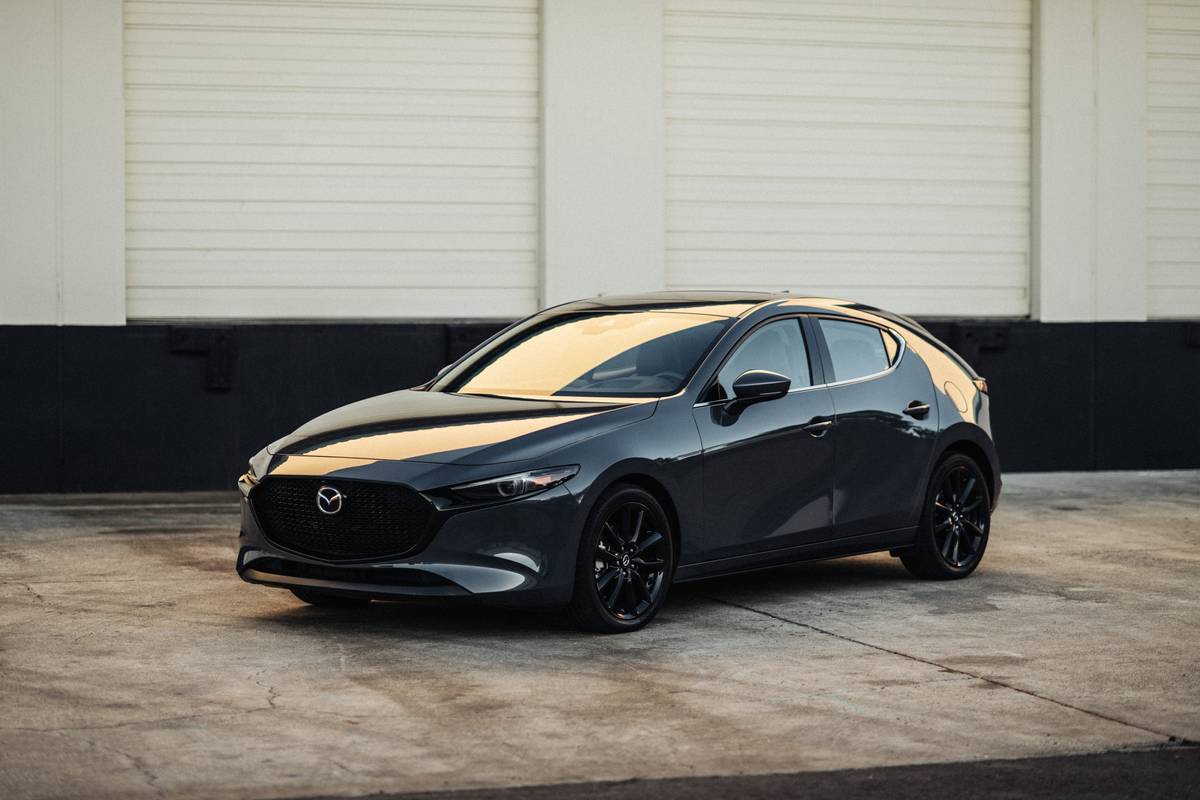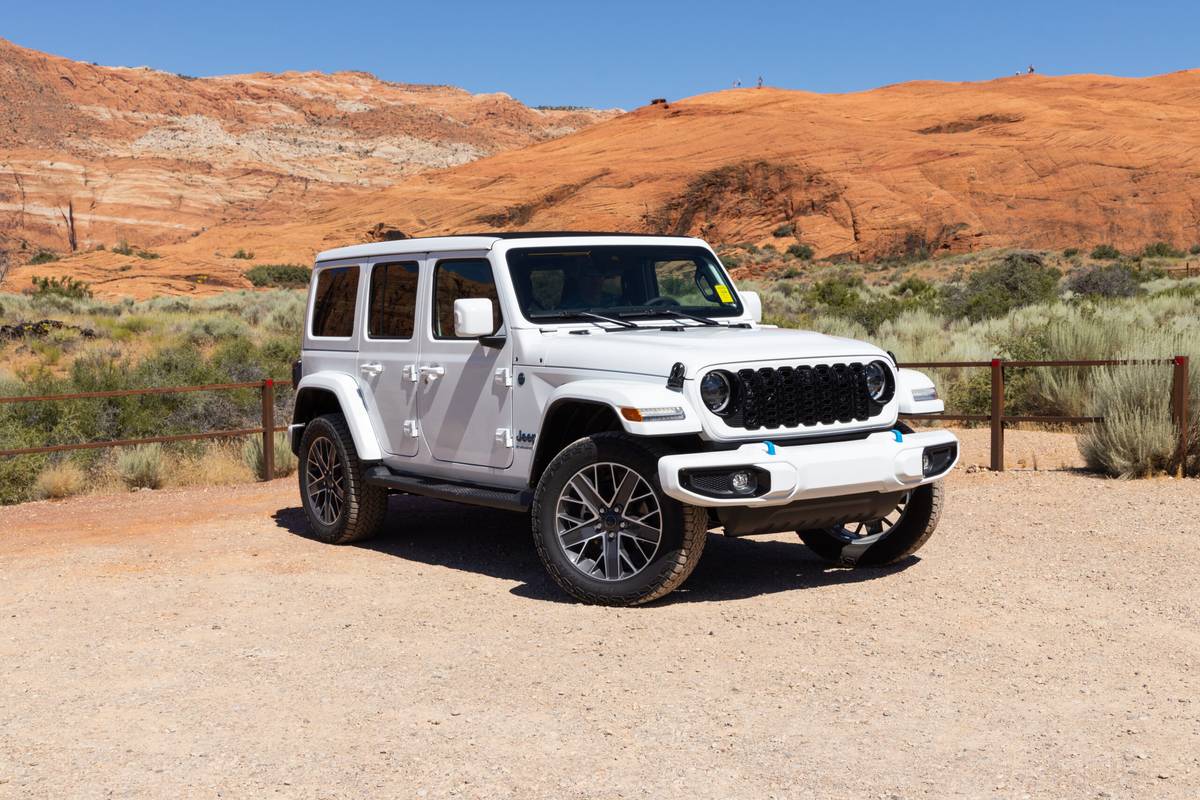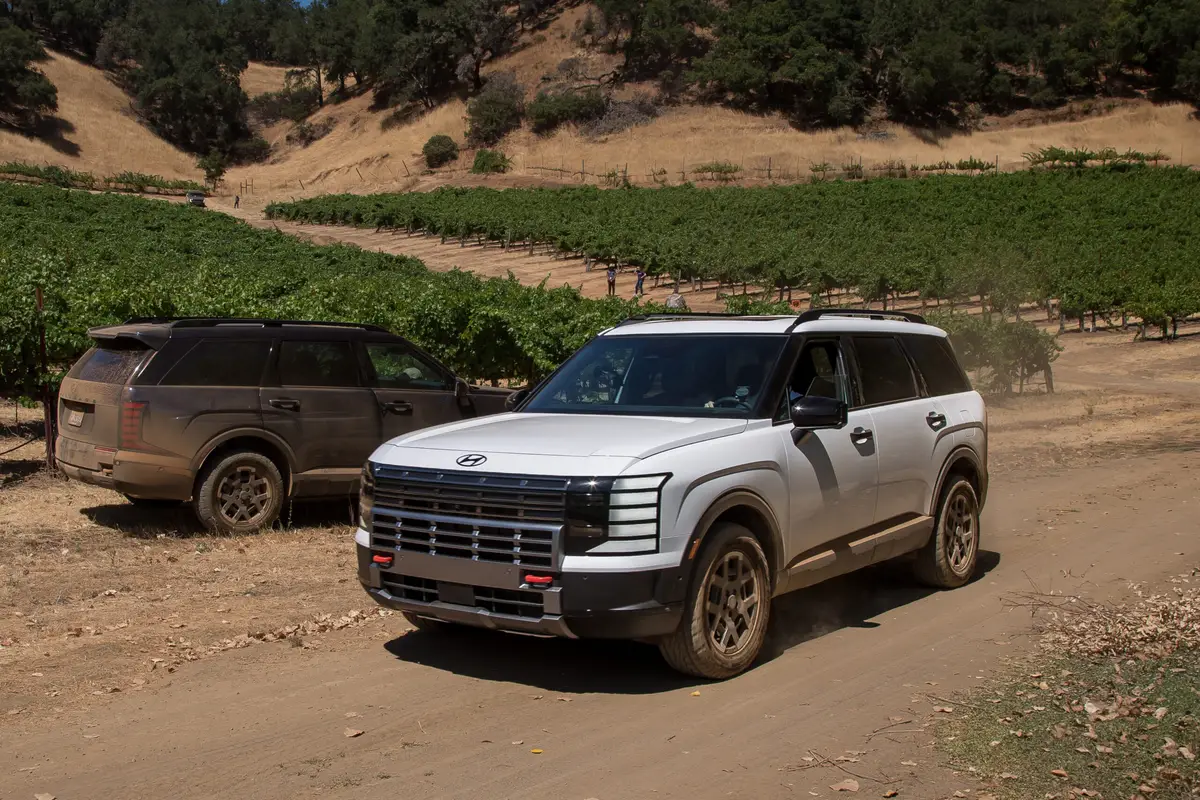washingtonpost.com's view
We end the old year in much the way we began it — with a truck. In this case it’s the 2002 Chevrolet TrailBlazer LTZ.
That might be disconcerting to those of you who hate trucks, particularly SUVs. I can do nothing about that other than to urge you, with all sincerity and charity, to get over it.
The truth is, like it or not, trucks make up half of all new vehicles sold in the United States. It’s not a conspiracy of the media or of the automakers. It’s the market.
Even with the horrors of the Sept. 11 terrorist attacks and the deepening trauma of an economic recession, little has changed in this country to fundamentally alter the market for trucks.
Gasoline prices, which appeared to be rising uncontrollably earlier this year, have dropped to record lows — as low as 87 cents a gallon for regular unleaded in some parts of the country. Automakers have responded to a wobbling economy with a more-than-two-month run of no-interest financing. Thousands of once-wary consumers have taken the bait. But instead of the majority of them going out and buying gas-sipping cars, fleets of which sit unwanted in 2001 vehicle inventories, they went out and bought trucks.
The reading among auto industry analysts is that this trend is not likely to end soon. Not only are fuel prices and vehicle financing schemes working in favor of continued truck sales, but the trucks themselves are becoming consumer lures, analysts say.
The new models are more powerful, yet more fuel-efficient and environmentally friendly in terms of tailpipe emissions. In many ways, they also are as attractive as — or more attractive than — passenger cars in the matter of creature comforts.
The 2002 TrailBlazer LTZ is one of the best examples of what is happening in truckland. It is bigger, safer, more powerful, easier to drive, quieter and substantially more comfortable than the Blazer it replaces. The LTZ is the top of the TrailBlazer line, which includes the base LS and the mid-level LT.
The TrailBlazer LTZ and its Chevrolet siblings share the same body-on-frame platform used by the usually more expensive Oldsmobile Bravada and the super-luxury GMC Envoy, all of which are made by General Motors Corp. My choice among this group of mid-size SUV cousins is the TrailBlazer LTZ, simply because it makes the most sense for the money.
The frames on the TrailBlazer, Bravada and GMC Envoy are all made of hydroformed steel. That means their frames are lighter but stronger than conventional steel truck frames. It also means the new frames are more resistant to the inevitable flexing and twisting that abuse most vehicle bodies on road and off.
TrailBlazer steering is easier than that of the old Blazer, too. There is less tugging at the wheel, less of an effort to keep the vehicle pointed where you want it to go, especially on rough roads. The new power-assisted rack-and-pinion steering system is both more accommodating for the arms and more precise on the road.
The TrailBlazer retains something of a traditional solid rear truck axle — but with a difference. It has more flexibility, thanks to five links, which means that the rear end is much less bumpy and much easier to control over bad roads. Combined with a fully independent front suspension, it means that while the TrailBlazer doesn’t really ride like anyone’s luxury sedan, it provides a far more gentle passage than the trucks of yesteryear.
Power comes from one of my favorite engines, GM’s 4.2-liter, 270-horsepower in-line six. It truly does provide the roar of a V-8 without a V-8’s gluttony for gasoline.
But probably what will impress most buyers is the TrailBlazer’s long list of amenities, including heated seats and dual-zone heating and ventilation. The only option I would add to that package is GM’s OnStar communications and navigation system, which has proved its value to me on numerous long-distance drives through unfamiliar territory.
The TrailBlazer is selling well now, and probably will continue to be successful. So will many of its rivals, foreign and domestic. It’s simply a matter of American consumers exercising their freedom to vote with their pocketbooks.
Latest news



